COVID-19 Planning Ahead
EMPLOYER UPDATE
Planning Ahead
For businesses and HR Practitioners, with the possibility of light at the end of the lockdown tunnel, now is the time to start forward planning to ensure that, whenever restrictions are lifted and businesses are permitted to reopen, both the business and its employees are ready to resume work. The following are some key areas to focus on to make sure that your business is sufficiently prepared;
Returning Employees to Work
Depending on the Government’s direction, a phased return to work may be necessary for some or all employers to allow the business to get up and running, which means the business may not need everyone back at the same time. In those circumstances, employers will need to decide how to select who will return to work first ensuring they use a fair and objective criterion when doing so.
Employers who have laid staff off, should also keep a watch on the changes that were made to Section 12. Redundancy Payments Act 1967 from 26 March 2020 which prevents claims of redundancy from employees who have been laid-off or kept on short-time due to Covid-19.
This exemption is due to end on the 31st May 2020, and unless this is extended employers may face redundancy claims from employees who remain on lay-off/short time beyond this date. This may impact decisions for employers on who is to return to work first.
Once selections have been made, employees will need to be contacted to advise them when the period of lay-off or short-time working will cease and of their return to work date, remembering to give as much notice as possible, as employees on lay-off may have been employed elsewhere during the “emergency period”.
Action: Begin to prepare letters for when you need to notify employees, to ensure selection is fair and avoid unnecessary delays.
Health and Safety
Employers must consider the safety, health and welfare of employees returning, in line with their Duty of Care under the Safety, Health and Welfare Act. Guidance from the government should be strictly adhered to. Employers should update risk assessments prior to employees returning to work/returning to normal duties, to ensure that any control measures that are necessary to prevent any possible spread of COVID-19 are in place i.e. rearranging offices, online meetings etc. and that employees are fully briefed and confirm their understanding of them before returning to work. Absence and return to work processes should also be reviewed and confirmation should be sought from employees in advance of their return to protect against any risk of COVID-19.
Action: Update H&S documentation and training material/PPE to incorporate COVID 19 measures.
Collective Redundancies
With a significant downturn in the economy predicted, some employers may unfortunately be faced with the need to implement redundancies or may have identified more efficient ways of working, resulting in fewer employees needed, within their organisations. Employers should be careful to seek advice in advance of any such action, however. Fair procedures must be applied at all stages where redundancies are being considered. Depending on the number of roles being declared redundant and the size of the workforce, Collective Redundancy legislation may apply, entailing more specific notice and consultation periods. Failure to adhere to fair procedures, may result in claims under the Unfair Dismissals Act 1978.
Action: Review staffing levels and work practices to identify potential efficiencies.
Annual Leave
Many employees will be returning to work with an accumulation of annual leave, which employers may struggle to allow them to take within the leave year. In this regard, employers may want to consider relaxing their annual leave policies and allowing for a carryover of leave into the next leave year. It should be noted that the annual leave year for the purpose of the Organisation of Working Time Act 1997 is from the 1st April to the 31st March. Under this legislation, annual leave can be carried forward into the first six months of the following leave year (1st April -30th September) with the agreement of the employee or if contractually provided for.
Where agreement is reached this should be recorded. Employers should ensure they have a strategy in place for managing the excess annual leave which employees will have accrued.
Employers should ensure that management are fully briefed on the details of their employee’s remaining annual leave for this year so that everyone is clear on where they stand and can plan accordingly.
Should an employer wish to specify when employees may take their leave, then there should be consultation on this at least one month before the leave date and should take into account proper rest and recreation for the employee and their family.
Action: Review outstanding leave entitlements and plan how they are to be used up without affecting the business.
Compassionate/ Bereavement Leave
As a result of social distancing measures, funeral masses are presently limited to family members only during the emergency period. Memorial services may take place when it is over. Employers should expect to receive requests for time off for attendance at these and so should consider their position. Although not legally required, many employers operate policies on bereavement/compassionate leave.
Action: Review these policies and decide whether to adjust them temporarily to facilitate leave for these unique circumstances or require annual leave/unpaid leave should be taken. Employers that do not have expressed Bereavement/compassionate leave policies should also prepare for what their position on such ceremonies will be.
Working From Home
This pandemic has forced employers to implement flexible working arrangements which would not normally apply and have trusted their employees to carry out the work which they were employed to do, from their home. Employers should be prepared for requests from some of their employees to continue with such arrangements. Whatever the preference of your business, you should start to decide now what your company’s position is. What would be the cost or operational implications of continuing? If it is something you wish to permit, decide fairly on what basis, and ensure that you document any agreement and the conditions applicable.
Action: Create a Home Working policy to cover H&S aspects and applicable circumstances.
Part Time Work Request
Employees who have been working reduced hours or not working at all may seek to avail of part time hours on a permanent basis. Employers should consider what their position is for such requests. Although not obliged to facilitate such an arrangement, the ‘Code of Practice on Access of Part Time Working’ provides that employers should consider requests for Part-Time Work and take account of all factors both relevant to the organisation and personal to the applicant before making a decision. Written replies to the employees detailing these reasons should be given. These requests should be considered on a case by case basis, but employers can start planning now for potential requests and the operational feasibility of them for roles within their business.
Where part time work arrangements are agreed, the conditions for same should be clearly laid out and detailed in a signed appendix to the employees Terms and Conditions.
Actions: Prepare a Part Time workers policy
Probation
Some employees may have been employed on an initial probation period prior to being placed on lay-off/short time. Employers should check whether their contracts provide for the extension of the probation period to take into account any periods of absence, in which case they should write to employees to confirm this extension so that there is no uncertainty. However, in any case they should be careful not to extend the probation beyond a period of 11 months, as employees will benefit from full coverage under the Unfair Dismissal Act once they have accrued 12 months service.
Action: Review all new employee dates and issue update letters to all probationers.
Communication
The pandemic has had a big impact on the way in which we all communicate including employers resorting to online platforms for meetings and this has meant that businesses have honed their IT communications skills. Employers may want to consider whether these new approaches would be beneficial and could be incorporated into the workplace in the future. As social distancing measures are likely to be still in place on return, if these measures were necessary to ensure that appropriate distances are maintained, then employers may be required to continue with them initially. In doing so employers will need to review any GDPR implications to this.
Action: Update/introduce IT policies and review GDPR implications.
Contract Review
Some employers may have identified gaps in their employment contracts, in particular in relation to lay-off and short-time working clauses. Therefore, it may be a good time to review employment contracts/Employee Handbooks now to include these provisions.
Action: Review Terms and conditions
Wage Subsidy Scheme/ Welfare Scheme
Revenue may need to be contacted and payroll processes may need to be adjusted as the Wage Subsidy schemes come to an end. (Currently scheduled for the 25th June) Employers should consider now what steps will be involved, liaising closely with payroll companies and the information available on www.gov.ie and ensure that they can do so as quickly as possible to avoid unnecessary delays. Laid off employees in receipt of the Pandemic Unemployment Benefit should be reminded to contact the revenue to advise that they are now returning to work. Those operating outside of the Wage Subsidy Scheme with employees on lay-off may take longer to get back up and running.
Action: Update Payroll and prepare letters to employees advising them of any changes in pay format and potential income tax liabilities.
Employment Permits
If an employer has any employees who are employed on a Work Permit, they will need to contact the department to confirm when the employee will be returning to work.
Whilst permits due to expire have been temporarily extended, Employers should also check to ensure that any non-EU national visas are up to date and that reminders are sent to employees who have visas which are due to expire.
Action: Review all work permits currently in place and write to relevant employees on their status.
Before you make any changes to what you have done in the past, we would recommend that you seek advice to ensure that you are not exposing your business to claims from your employees.
This update is provided by the MSS HR Support Service
Further details on the update or about our services may be obtained from:
John Barry/Tara Daly/ Hugh Hegarty at Tel: 01 8870690
Email: info@mssirl.ie Website: www.mssirl.ie








Contact Us
HR
+353 1 887 0690
hr@mssthehrpeople.ie
Recruitment
recruitment@mssthehrpeople.ie
Connect With Us
Sign-up To Our Newsletter
Thank you for signing up to our newsletter.
Please try again later.
© Copyright 2023 | All Rights Reserved | Privacy Policy


